About Li-Ion technology and (teardown) Review of Ambrane P880
FUNCTIONS AND USAGE
Turning it on was easy enough. Just push the button once and the display glows blue. Press it two times to turn on the LED torrch and two more times to turn it off. The initial charge was 80%. So you can start charging your phone out of the box. Neat.
I turned on the charger and took out the cables and just about when I was going to connect my phone, the display turned off. Wow, 15sec no-load shutdown. This is turning out to be great. I turned it on again and I connected my phone though the 1A socket, the charger responded, showed “5.0V 1.0A” and my phone showed charging. A second later, the “5.0V 1.0A” sign disappeared and my phone stopped charging. I got confused and I tried the other port. Now it showed “5.0V 2.1A” and was charging my phone as I expected it to. So what happened in the previous case?
Overcurrent protection..!! Paint me impressed..!!
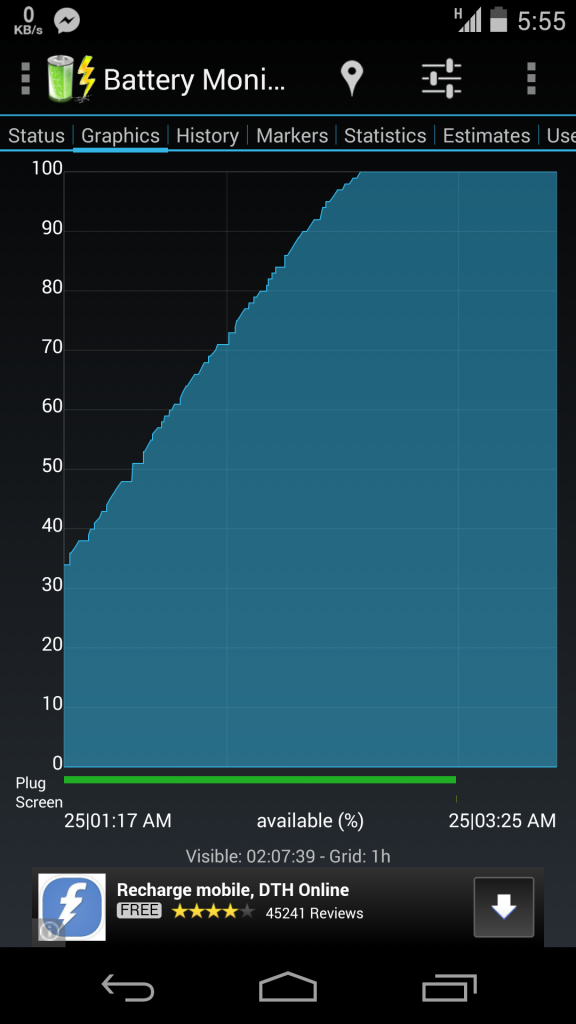
The same day, I charged the power bank to 100 % from 72% (took about 2-2.5 hours) and forcibly discharged my phone to 20% by doing random stuff at display set to high brightness. I then reconnected the charger to see how much it drains when it charges my phone from 20-100% once. I left it for the night. Next morning, I found my charger had switched off 30mins after my phone achieved 100%. Auto-switch off..!! The feature list does not seem to end. The charger had drained 29% of its charge. Meaning, it can power my phone for full three times before it reaches below 10% (if the battery gauge is true).
The following days, I used the charger a few more times and it gave the same level of performance. However, I noticed one anomaly. When I connected my phone with a data cable, not the ambrane provided one, to the 2.1A port, my phone showed USB charging and it would not charge as fast as it would if I used the cable ambrane provided in the box. I already knew that the USB charging specification requires that the D+ and D- pins must be shorted in order for the port to be detected as a dedicated charging port, but that was not the case here. Like the tinkerish-little-twat I am, I took out my multimeter and checked the resistance between the D+ and D- pins in the 1A port and it read 1.3Ohm (that’s resistance of the multimeter leads) and in the 2.1A port, it read infinite resistance.
My assumption came out true. The data pins were shorted in the 1A port and left floating in the 2.1A port. The charger was capable of 2.1A but the phone rejects the charge if connected through a USB data cable. It thinks that the port connected to is a USB data port and does not draw more than 500mA as according to the USB BC1.2 specification. I even verified 500mA using my multimeter.
This is one thing I was not okay with and I made it my sworn duty to see that it is taken care of…

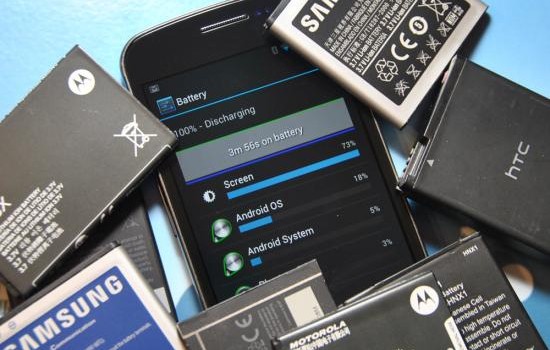
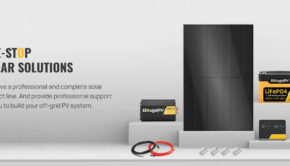
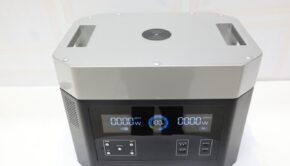

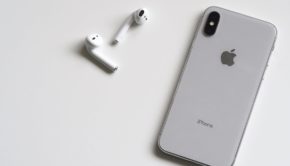



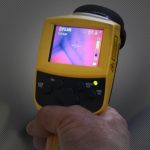
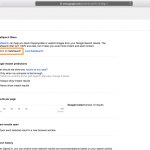





2 Responses to About Li-Ion technology and (teardown) Review of Ambrane P880